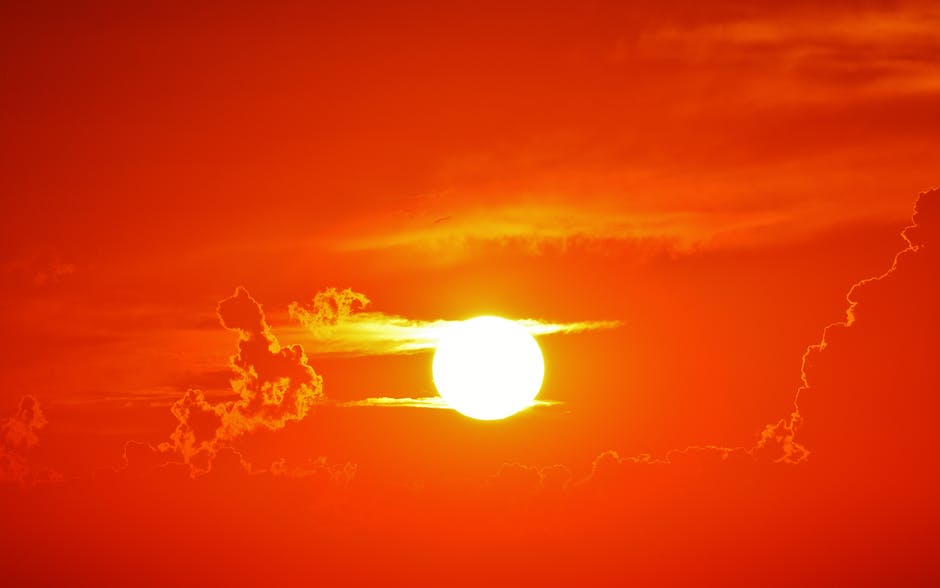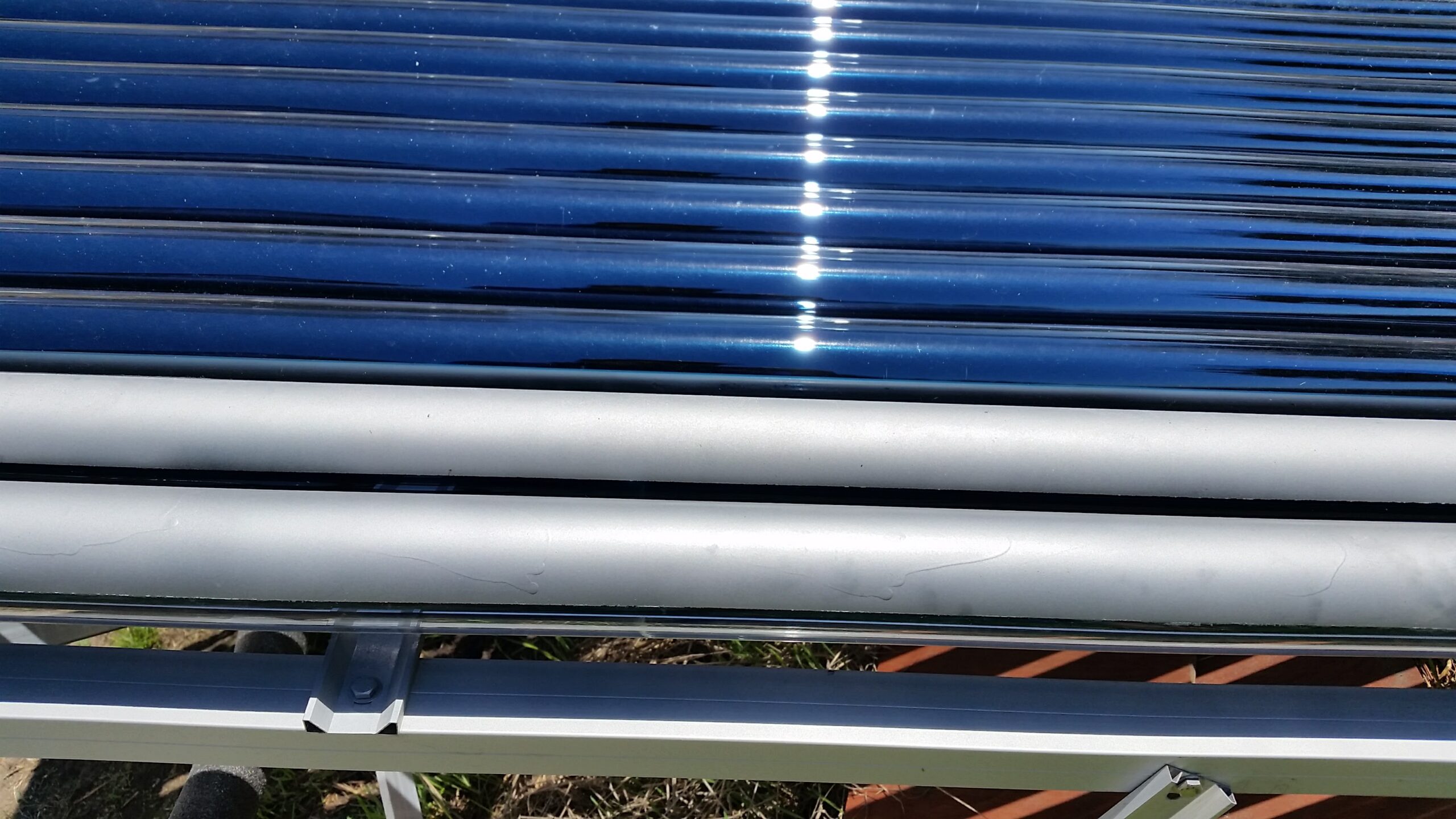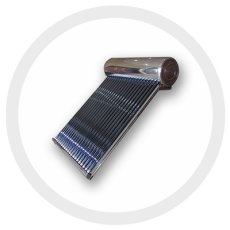Overheat Protection
Solar water heaters are very efficient and can produce very hot water. This is a good thing! The fact that they work so well is why hundreds of millions of people have these types of systems on their roofs all over the world.
But what if they produce too much heat?
This conversation should always start with appropriately sizing the system. In a sunny climate the 40 gallon system is appropriate for households with 1-3 people and the 80 gallon system is appropriate with households of 4+. The Sunbank produces hot water, and your hot water consumption takes heat out of the system. When this is happening, the temperature in the Sunbank typically stays between 120F – 160F in the summer – going up as the sun shines, and going down as the shower is used.

160F is too hot for a shower, you say?
Correct. That’s why every Sunbank installation should include a thermostatic mixing valve. This mechanical device is sold at every major hardware store and it automatically tempers the water down to a safe temperature.
What if you’re going on vacation or use the system intermittently?
That’s why we created both the active automatic overheat protection and the passive overheat protection of simply painting and rotating the tubes. The Sunbank is a passive solar water heater, meaning that it has no pumps or moving parts – it simply creates hot water when the sun shines.

When you remove the consumption part of the equation and don’t use any hot water, after three or four consecutive sunny days the Sunbank will get up to boiling temperature. Before it gets there, the Sunbank temperature and pressure relief valve (T/P valve) will open to allow hot water to be pushed out of the system, protecting it from overheating.
But the T/P valve is a safety device, and shouldn’t be used for regular overheating. That’s why we recommend that people either use the automatic overheat protection for situations like AirBnBs, or spray paint half of each tube as part of their installation process if you need seasonal overheat protection and don’t mind getting on the roof to spin the tubes.
Give us a call!
(888) 385 0005
2020 5th St #1713
Davis, CA 95616
©2011-2025 Sunbank Solar, Inc.
All Rights Reserved

Sunbank SB-80G
80 Gallon Solar Water Heater $4,499 ($3,149 after tax credit)
